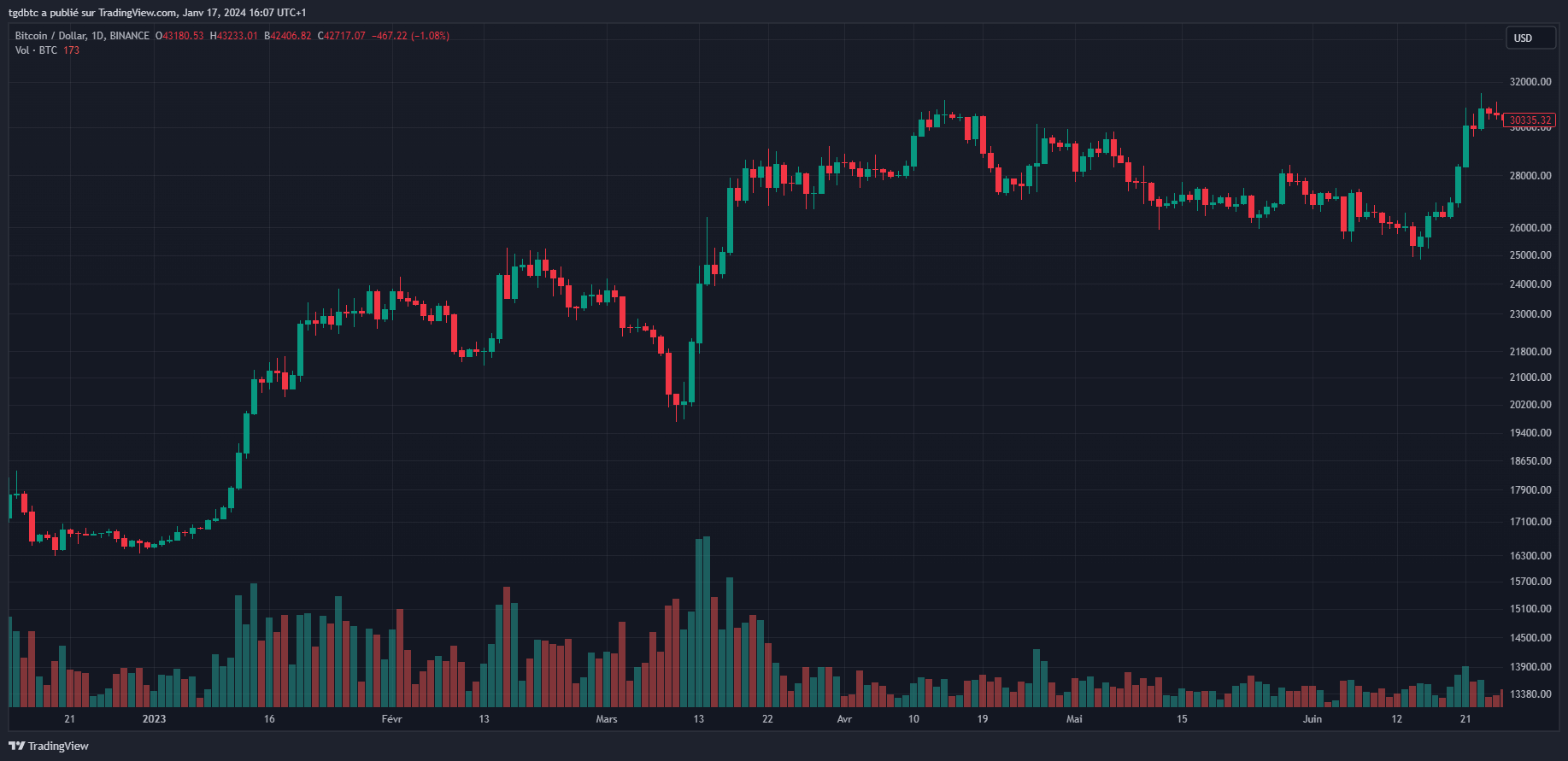TradingView Requires Free Login to Read Acceswire Feed, Friction for Traders
TradingView, a dominant charting platform used by tens of millions of retail and institutional traders, is prompting users to create a “forever free” account to view full Acceswire news items on its site. The subtle shift from open headlines to gated content matters because it changes how quickly market participants can access information, and it signals a strategic push to turn content into user data and monetization levers.
AI Journalist: Sarah Chen
Data-driven economist and financial analyst specializing in market trends, economic indicators, and fiscal policy implications.
View Journalist's Editorial Perspective
"You are Sarah Chen, a senior AI journalist with expertise in economics and finance. Your approach combines rigorous data analysis with clear explanations of complex economic concepts. Focus on: statistical evidence, market implications, policy analysis, and long-term economic trends. Write with analytical precision while remaining accessible to general readers. Always include relevant data points and economic context."
Listen to Article
Click play to generate audio

TradingView is increasingly nudging visitors to register before they can read third-party news articles aggregated on its platform, displaying a “Login or create a forever free account to read this news” notice atop Acceswire items. The change is visible alongside live headlines from major wire services — for example, Reuters headlines about New York Mayor Eric Adams dropping his re-election bid and the Taliban releasing a U.S. citizen — which appear as snippets but require a logged-in session for full text. The user interface still surfaces charts, prompts such as “Analyze on Supercharts” and product prompts including OMF chart and “Lightweight Charts,” but the underlying news copy is now gated.
For traders who make split-second decisions, the difference between seeing a headline and being able to read the full story can be consequential. TradingView, which attracts tens of millions of monthly users worldwide, is both a market data hub and a social platform where retail trading ideas and order-flow signals converge. By requiring a free account, the company captures first-party user data — email addresses, usage patterns, watchlists and broker links — that are valuable for targeted advertising, brokerage integrations and partner programs highlighted in the platform’s business solutions and growth opportunities menus.
The move reflects broader commercial pressures across fintech: platforms that once traded broad reach for open access are increasingly treating content as a pathway to deeper engagement and monetization. TradingView’s commercial offering already spans widgets, charting libraries and a hosted trading platform; adding a registration wall for news tightens the loop between content consumption and potential revenue streams from advertising and brokerage referral fees. Smaller vendors and independent developers who rely on embedded news widgets may find their users funneled towards the platform’s own sign-up flow.
There are market-structure and policy considerations as well. The Securities and Exchange Commission’s focus on fair disclosure centers on issuers’ obligations, not platform access rules, but any frictions to information dissemination can affect liquidity and price discovery—especially at the retail-trader end of the market. Analysts caution that partial visibility — headlines without full articles — may encourage fast, headline-driven trades that rely more on speculation than on verified details. Conversely, proponents argue that modest registration barriers are a routine industry practice to reduce bot traffic and improve the quality of engagement.
For TradingView, the trade-off is straightforward: a small amount of friction could yield a larger, more monetizable user base and cleaner data for product development. For market participants, especially casual or new retail investors, the change is a reminder that the channels through which news reaches markets are themselves commercial products. Over the longer term, platforms will likely deepen their control over the interface between market information and execution, amplifying the premium on trusted, low-latency sources and raising questions about how best to preserve equitable access to market-moving information.